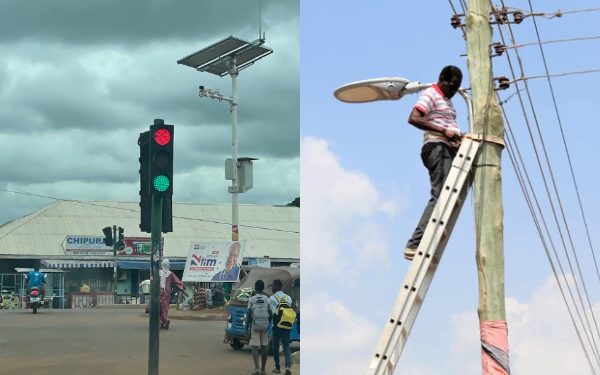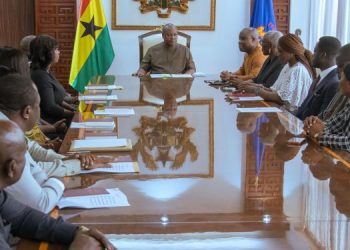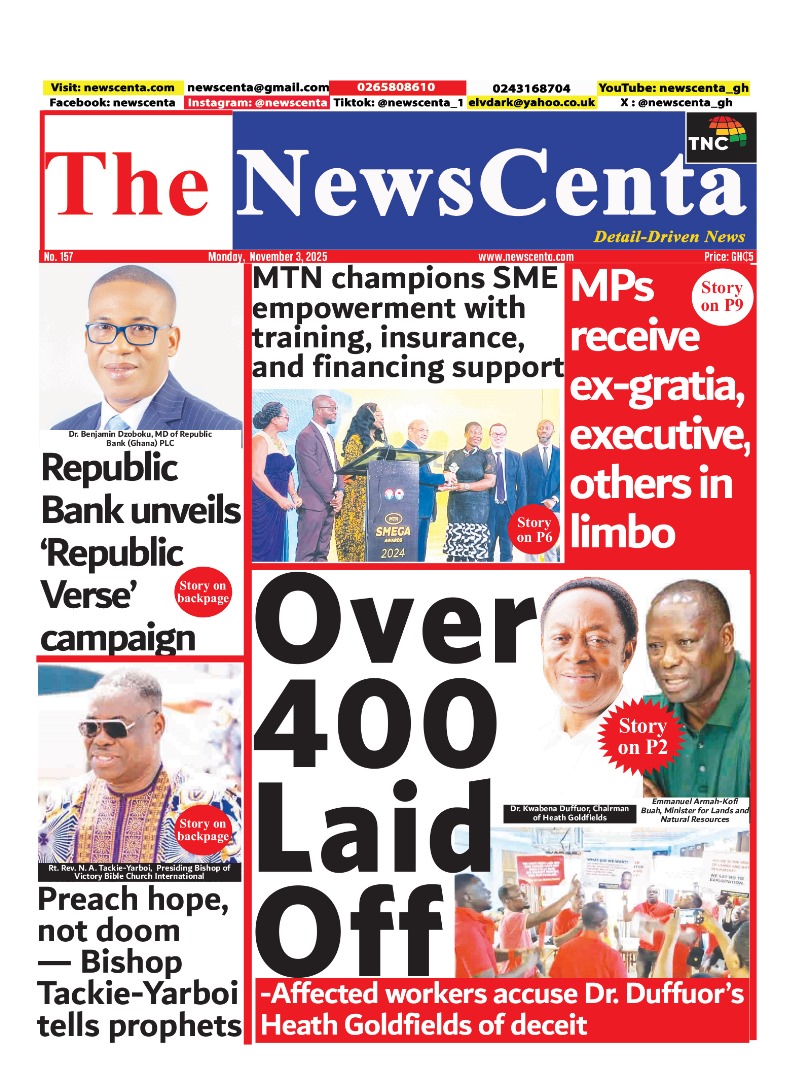Despite collecting nearly GH¢1.8 billion in Public Lighting Levies (PLL) from electricity consumers over the past nine years, Ghana continues to grapple with malfunctioning street and traffic lights across its cities and highways.
The situation has left many questioning the effectiveness of public spending and the oversight role of city authorities, particularly Metropolitan, Municipal, and District Assemblies (MMDAs), who are the primary beneficiaries of the levy.
GH¢3.1bn paid, but the streets stay dark
According to the Report on the Management of the Energy Sector Levies and Accounts for the 2024 Fiscal Year, a staggering GH¢3.1 billion (GH¢3,128,384,000) in electricity levies was collected between 2016 and 2024 to support public lighting and rural electrification efforts.
GH¢1.79bn Public Lighting Levy in 10yrs
Of this amount, the Public Lighting Levy alone generated GH¢1.79 billion (GH¢1,794,433,068.25)—a 3% charge on every kilowatt-hour of electricity consumed across all user categories.
It is specifically earmarked to fund energy consumed by traffic lights, street lights, and public lighting on highways, as well as to support the maintenance and expansion of these lighting systems, primarily through the Metropolitan, Municipal and District Assemblies (MMDAs).
Yet, despite this massive inflow, broken, flickering, or completely non-functional streetlights and traffic signals are increasingly common sights from Accra to Tamale. Roads are dark, intersections chaotic, and pedestrian crossings perilous.
GH¢1.33bn electrification levy paid in 10yrs
The remainder, GH¢1.33 billion (GH¢1,333,944,452.82), was accrued through the National Electrification Scheme Levy (NESL).
The NESL is a 2% surcharge on the price per kWh of electricity paid by all users, meant to provide funding to improve access to electricity across the country through the national electrification programme.
Collection agencies
The levies were collected by key electricity providers: the Electricity Company of Ghana (ECG), the Northern Electricity Distribution Company (NEDCO), and the Volta River Authority (VRA).
ECG collected the largest share of PLL at GH¢1.3 billion (GH¢1,331,254,536.74).
NEDCO followed with GH¢193.6 million (GH¢193,694,876.90), and VRA collected GH¢269.4 million (GH¢269,483,654.61).
For NESL, ECG again led with over GH¢1 billion (GH¢1,003,690,053.32), while NEDCO and VRA collected GH¢135.9 million (GH¢135,930,096.35) and GH¢194.3 million (GH¢194,324,303.15) respectively.
Despite the scale of these collections, the report revealed a disturbing breakdown in the disbursement of funds.
Shortfalls in transfers
Out of the total amount due to the Ministry of Energy (MoEn), only GH¢991.98 million—just 45% —was actually transferred.
This leaves an outstanding GH¢1.2 billion (GH¢1,211.84 million), representing 55% of due transfers still unpaid.
In addition, GH¢181.20 million was collected for the Petroleum and Gas Infrastructure Sub-Sector Account (PGISsA), yet only GH¢107.73 million was lodged into it, leaving a shortfall of GH¢73.47 million or 40.6%.
GH¢743.36m retained by EDCs
The Electricity Distribution Companies (EDCs) retained GH¢743.36 million—an amount that aligns with their official share of the collected levies.
However, it is not clear whether this retention has translated into any meaningful impact on lighting infrastructure.
Cities struggle in darkness
Throughout the country, from urban centres like Accra and Kumasi to regional towns, street lights and traffic signals remain broken, flickering, or completely out of service.
Commuters and pedestrians alike are left to navigate poorly lit roads and intersections, exposing them to accidents, crime, and general disorientation.
An efficient and reliable network of street and traffic lights is essential to the safe movement of vehicles and pedestrians.
These systems regulate intersections, prevent collisions, and support coordinated road use.
Yet in many Ghanaian towns and cities, their increasing failure has become a glaring concern.
The broken infrastructure disrupts the daily lives of commuters and impairs the country’s broader transportation system.
Residents frequently complain about total outages in their communities, flickering or dim lights at bus stops, or entire sections of main roads left in pitch darkness for months.
Such dysfunction affects more than just aesthetics.
The risks to public safety are substantial.
Poorly lit roads are linked to rising traffic accidents, especially during night-time.
They also embolden criminal activity in dimly lit neighborhoods, threatening both property and lives.
The lack of reliable lighting erodes citizens’ sense of safety and quality of life.
Citizens demand transparency and results
After nearly a decade of mandatory contributions, citizens are asking: where has the money gone?
There has been no clear communication from MMDAs on how their share of the Public Lighting Levy has been spent.
While the funds are meant to support investment, maintenance, and energy costs associated with lighting, the absence of visible improvements raises the spectre of mismanagement—or worse, diversion of funds.
Concerned residents are calling for full audits of the GH¢1.79 billion raised under the Public Lighting Levy.
They want greater public disclosure on disbursements, timelines for maintenance and installations, and concrete results on the ground.
A failing system undermines public trust
It is difficult to reconcile the figures with the reality citizens live with daily.
The GH¢3.1 billion in levies is no small sum.
If properly utilised, it could have transformed Ghana’s public lighting landscape, making roads safer, towns more livable, and communities more vibrant.
Instead, taxpayers are left in the dark—literally and figuratively.
The absence of working street lights is not just a nuisance.
It is a reflection of governance failure.
If the government and its agencies continue to collect levies without delivering the corresponding services, public confidence in the electricity and municipal systems will only deteriorate further.
The numbers in the report are not abstractions—they represent real money from millions of citizens, many of whom are still waiting for the light.











